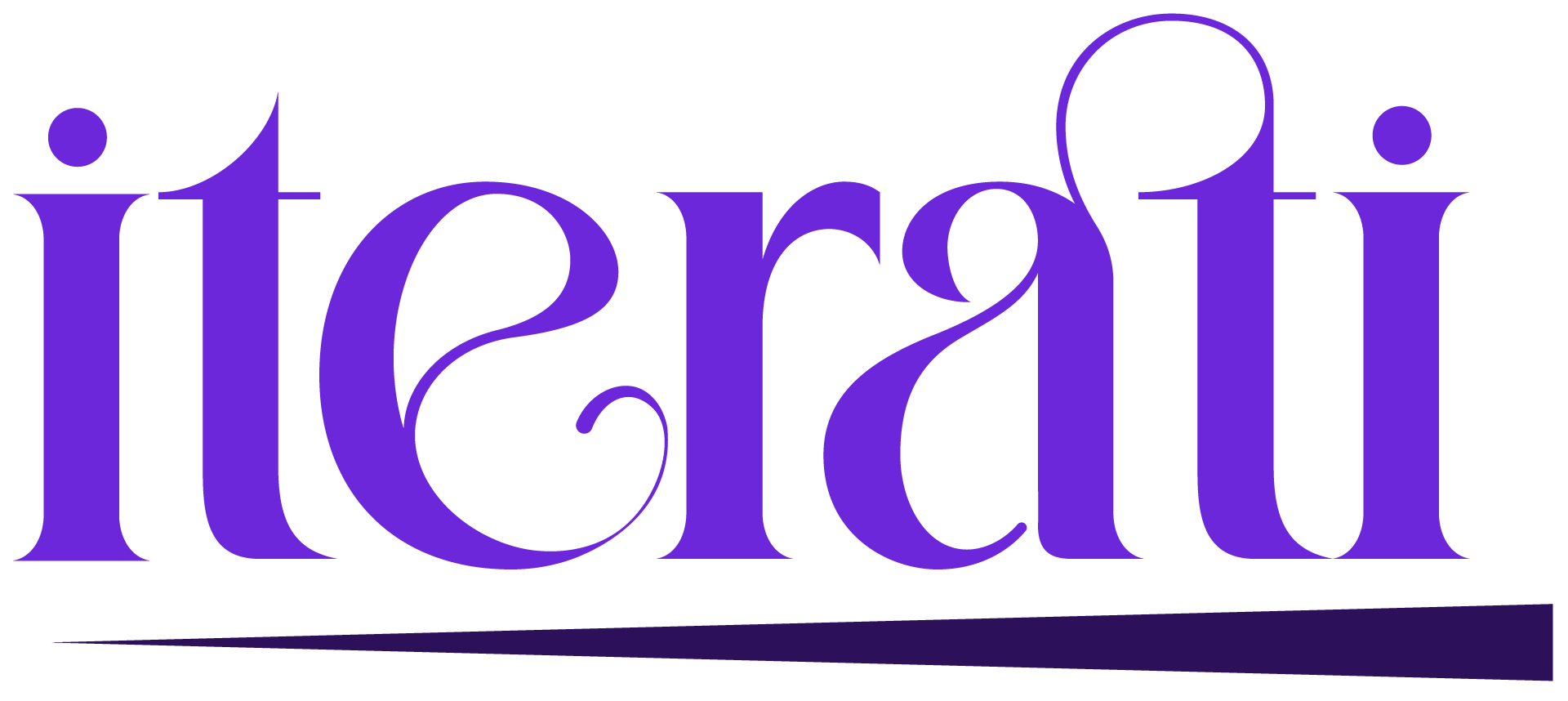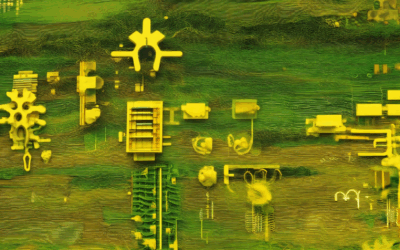In today’s fast-paced and ever-evolving business landscape, companies are constantly seeking innovative ways to stay ahead of the competition and drive success. One approach that has gained significant traction in recent years is the implementation of creative solutions, which involve thinking outside the box and developing novel approaches to tackle complex challenges. By embracing creative solutions for businesses, entrepreneurs can unlock new opportunities, improve efficiency, and enhance customer satisfaction. From unique business ideas to problem-solving creativity examples, we’ll explore the world of creative solutions and examine how they can be applied in various industries, including healthcare. Whether you’re looking to launch a new venture or revamp your existing business strategy, understanding the power of creative solutions is essential for driving growth and staying competitive.

Examples of Creative Solutions
I’m always looking for innovative ways to approach problems and find unique solutions.
-
Design Thinking
Design thinking is a problem-solving approach that involves empathy, creativity, and experimentation. It encourages us to think outside the box and come up with novel solutions to complex problems.
- Empathize with the customer: Understand their needs, wants, and pain points.
- Define the problem: Clearly articulate the challenge and identify opportunities for innovation.
- ideate: Generate a wide range of ideas and possibilities.
- Prototype: Create a tangible representation of the solution.
- Test: Validate the solution through feedback and iteration.
-
Brainstorming Sessions
Brainstorming sessions are a great way to generate a large number of ideas quickly. They involve a group of people coming together to share their thoughts and ideas without judgment.
- Set ground rules: Establish a safe and supportive environment for idea generation.
- Encourage wild ideas: Emphasize the importance of creativity and imagination.
- Build on others’ ideas: Foster a collaborative atmosphere where everyone feels valued.
- Record and organize ideas: Capture and categorize the ideas generated during the session.
-
Reverse Brainstorming
Reverse brainstorming involves intentionally generating negative or undesirable outcomes. This approach can help identify potential pitfalls and areas for improvement.
- Identify the problem: Clearly define the challenge or opportunity.
- Generate negative outcomes: Come up with scenarios that might go wrong.
- Analyze and learn: Reflect on the potential consequences and areas for improvement.
- Develop contingency plans: Create strategies to mitigate risks and capitalize on opportunities.
-
Mind Mapping
Mind mapping is a visual tool for organizing and connecting ideas. It involves creating a diagram that represents concepts, relationships, and hierarchies.
- Start with a central idea: Identify the core concept or problem.
- Add branches and subtopics: Expand the map by adding related ideas and categories.
- Use colors and images: Incorporate visual elements to enhance understanding and engagement.
- Review and revise: Refine the map based on feedback and new information.
-
SCAMPER Technique
The SCAMPER technique involves applying different perspectives to existing ideas. It stands for Substitute, Combine, Adapt, Modify, Put to Another Use, Eliminate, and Rearrange.
- Substitute: Replace components or materials with alternative options.
- Combine: Merge two or more ideas to create something new.
- Adapt: Apply an existing idea to a different context or situation.
- Modify: Make changes to an existing idea to improve its functionality or appeal.
- Put to Another Use: Repurpose an existing idea for a different purpose.
- Eliminate: Remove unnecessary features or components.
- Rearrange: Reorganize the structure or layout of an existing idea.
What Are Creative Services in Business?
Creative services refer to a subsector of the creative industries, which generates wealth by offering creativity for hire to other businesses.
-
A creative service can also mean a department within a company responsible for doing creative work such as writing, designing, and production.
-
At Iterati, we specialize in providing innovative solutions through our creative services, helping businesses stay ahead in today’s fast-paced market.
Key Components of Creative Services:
-
Content creation: Developing high-quality content such as blog posts, social media posts, and videos to engage audiences and drive business results.
-
Design services: Providing visual identity, branding, and design solutions to enhance a company’s image and communicate its message effectively.
-
Production services: Offering expertise in video production, photography, and audio production to bring ideas to life and tell compelling stories.
-
Strategy and consulting: Helping businesses develop effective marketing strategies and providing guidance on how to execute them successfully.
Benefits of Utilizing Creative Services:
-
Increased brand awareness and recognition
-
Improved engagement and conversion rates
-
Enhanced customer experience and loyalty
-
Competitive advantage in the market
How to Get Started with Creative Services:
-
Determine your goals and objectives
-
Identify your target audience and their needs
-
Develop a strategy and plan of action
-
Partner with a reputable creative agency or freelancer
Conclusion:
Creative services play a vital role in helping businesses succeed in today’s competitive landscape. By understanding the key components and benefits of creative services, companies can make informed decisions and take the necessary steps to get started with these essential offerings.

What is Considered a Creative Solution?
A creative solution is a unique approach to solving a problem or meeting a need, often involving innovative thinking, outside-the-box ideas, and effective communication.
- Definition: A creative solution is a novel and effective way to address a challenge or opportunity, leveraging imagination, expertise, and resources to deliver value.
- Key Characteristics: Creativity, originality, effectiveness, feasibility, and sustainability.
Types of Creative Solutions
- Innovative Products: New products or services that meet emerging needs or solve complex problems.
- Process Improvements: Streamlined workflows, optimized systems, and enhanced efficiency.
- Solution-Based Services: Expert advice, consulting, and implementation support.
- Strategic Partnerships: Collaborations that leverage complementary strengths and expertise.
Benefits of Creative Solutions
- Increased Efficiency: Improved processes and streamlined workflows.
- Enhanced Customer Experience: Innovative products and services that meet evolving needs.
- Competitive Advantage: Unique approaches that differentiate businesses from competitors.
- Cost Savings: Reduced waste, minimized risks, and optimized resource allocation.
Best Practices for Implementing Creative Solutions
- Encourage Collaboration: Foster cross-functional teams and diverse perspectives.
- Emphasize Innovation: Provide resources and incentives for experimentation and risk-taking.
- Evaluate Effectiveness: Regularly assess and refine creative solutions to ensure ongoing success.
- Cultivate a Culture of Continuous Learning: Stay up-to-date with industry trends, best practices, and emerging technologies.
Real-World Examples of Creative Solutions
- Amazon’s Drone Delivery: An innovative logistics solution that reduces delivery times and increases customer satisfaction.
- Patagonia’s Sustainable Materials: A commitment to environmentally responsible manufacturing practices and supply chain transparency.
- Google’s Self-Driving Cars: A pioneering project that combines artificial intelligence, machine learning, and sensor technology to revolutionize transportation.

Example of a Business Solution
An example of a business solution is an ERP (Enterprise Resource Planning) system, such as Microsoft Dynamics 365, which streamlines the operations of your company.
- Purchasing
- Product planning
- Manufacturing
- Marketing
- Materials management
- Inventory management
- Shipping and payment
- Human resources
Other examples of business solutions include:
These systems help businesses manage their day-to-day activities, making it easier to make informed decisions and drive growth.
Benefits of Business Solutions
Implementing a business solution can bring numerous benefits to a company, including:
- Improved efficiency
- Increased productivity
- Better decision-making
- Enhanced customer satisfaction
- Competitive advantage
Choosing the Right Business Solution
When selecting a business solution, consider the following factors:
- Company size and complexity
- Industry-specific needs
- Scalability and flexibility
- Integration with existing systems
- Cost and ROI
By carefully evaluating these factors, businesses can choose the right solution to meet their unique needs and drive success.
5 Examples of Solutions
Solutions are mixtures of two or more substances, where one substance is dissolved in another. Here are five examples of solutions:
- Sugar Water: A mixture of sugar and water, commonly used in cooking and baking.
- Salt Solution: A mixture of salt and water, often used in medical applications and as a preservative.
- Brass: An alloy of copper and zinc, used in various industrial and decorative applications.
- Aerosol: A type of solution that contains compressed gas, used in products such as spray cans and inhalers.
- Coca-Cola: A carbonated soft drink made from a mixture of ingredients, including sugar, caffeine, and flavorings.
In addition to these examples, there are many other types of solutions, including:
- Copper in Water: A solution used in various industrial and laboratory applications.
- Iodine in Alcohol: A solution used in medical applications and as a disinfectant.
When working with solutions, it’s essential to consider factors such as concentration, solubility, and stability. By understanding these properties, you can effectively design and implement solutions for various applications.
For more information on solutions and their applications, visit our website at Iterati.org.

Innovative Business Solutions
We believe that innovation is the driving force behind successful businesses, enabling them to adapt to changing market conditions, improve operational efficiency, and deliver exceptional customer experiences.
-
Key Characteristics of Innovative Business Solutions
- Emphasis on creativity and experimentation
- Focus on customer-centricity and empathy
- Encouragement of collaboration and knowledge-sharing
- Prioritization of agility and adaptability
-
Examples of Innovative Business Solutions
- Digital transformation initiatives, such as cloud migration and automation
- Sustainable practices, such as renewable energy and waste reduction
- Customer experience enhancements, such as personalized marketing and omnichannel support
- Emerging technologies, such as artificial intelligence and blockchain
-
Benefits of Implementing Innovative Business Solutions
- Improved competitiveness and market share
- Increased revenue and profitability
- Enhanced customer satisfaction and loyalty
- Better risk management and reduced costs
-
Best Practices for Developing Innovative Business Solutions
- Establish a culture of innovation and experimentation
- Foster a collaborative and agile work environment
- Invest in emerging technologies and skills development
- Monitor and respond to changing market conditions and customer needs
-
Conclusion
Innovative business solutions are essential for driving growth, improving efficiency, and delivering exceptional customer experiences. By embracing creativity, experimentation, and customer-centricity, businesses can develop and implement effective solutions that set them apart from the competition.




0 Comments